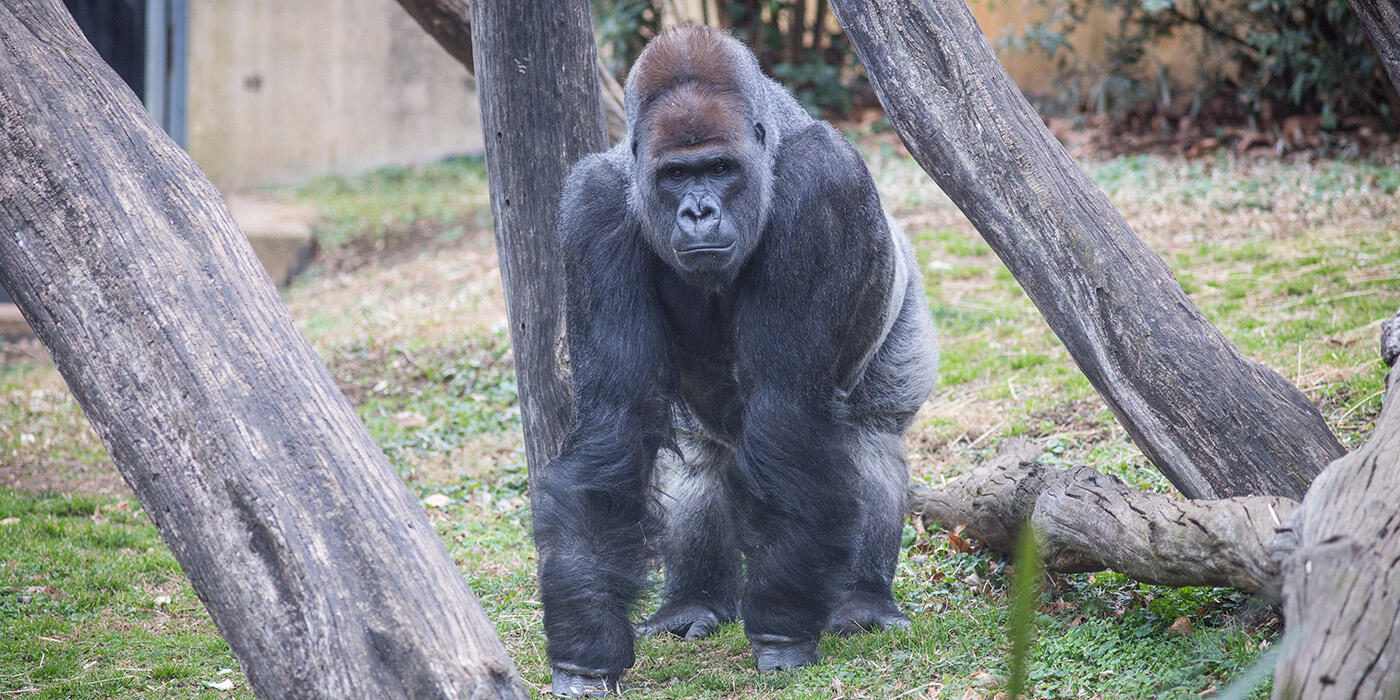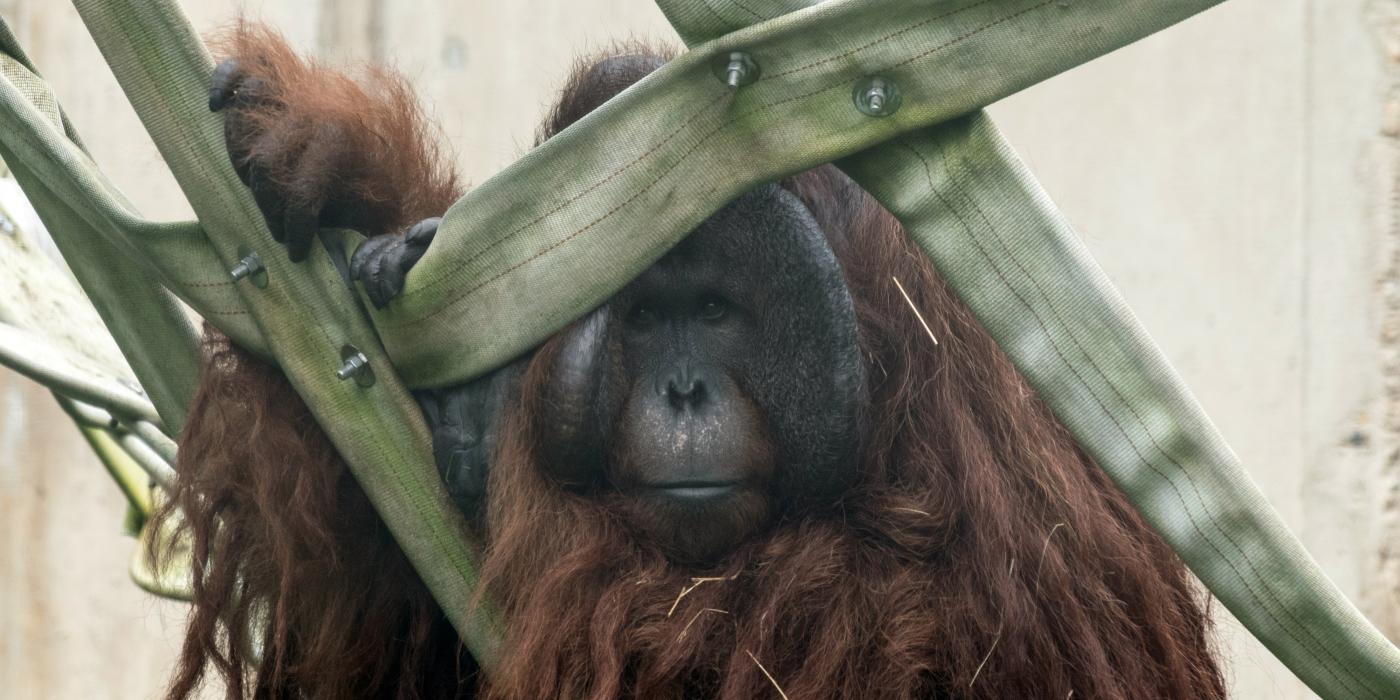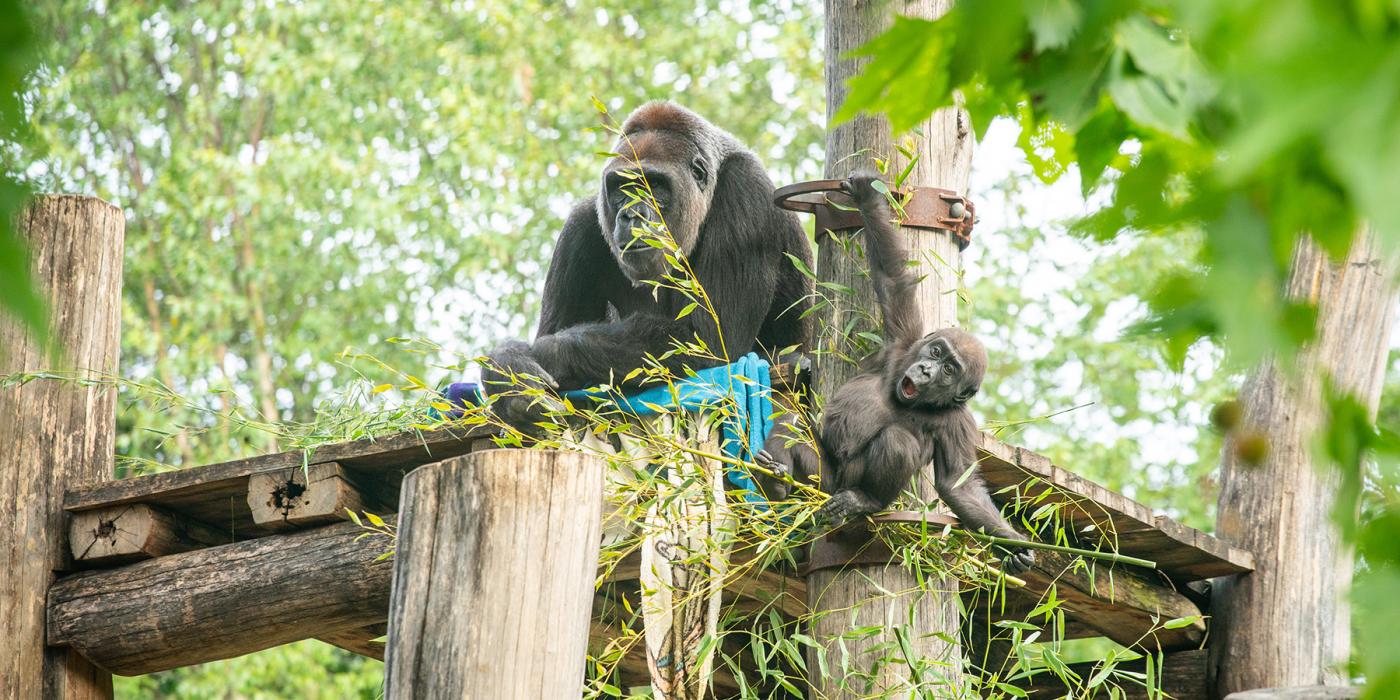#GorillaStory: Moke at Six Months Old
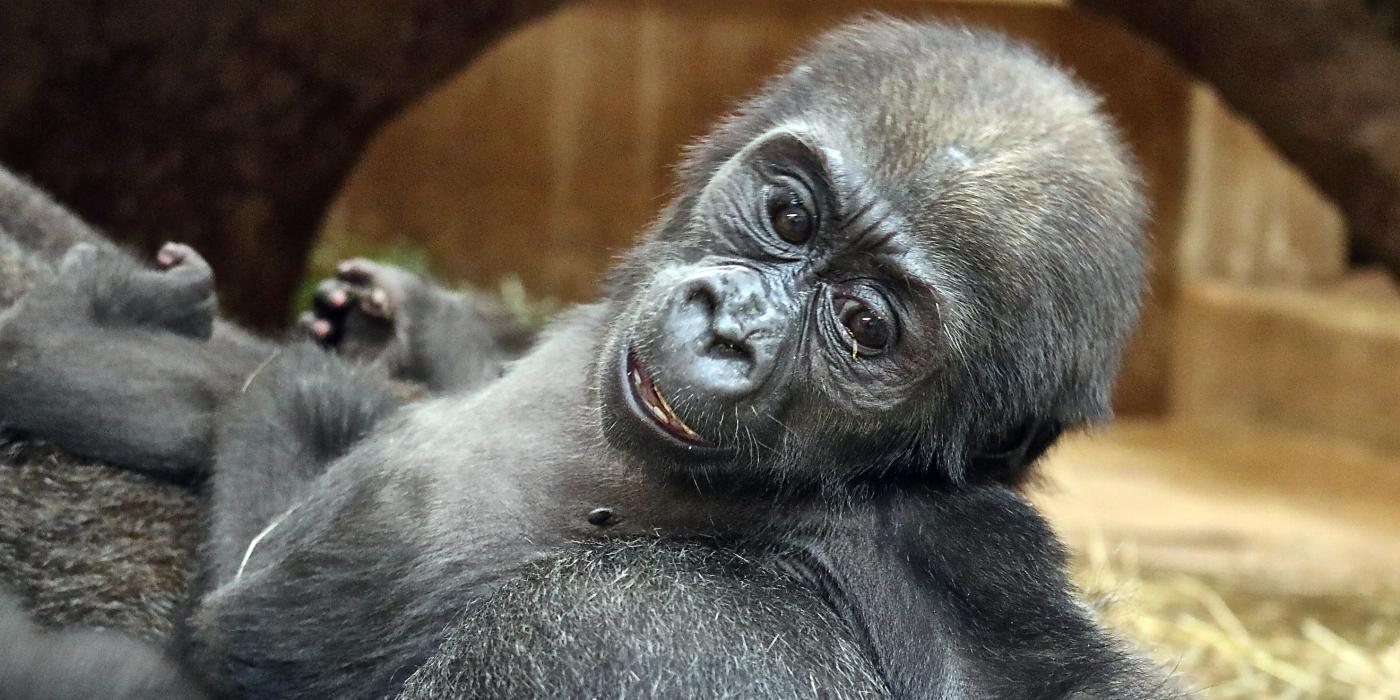
This update was written by primate keeper Melba Brown.
This week has been a remarkable one for our western lowland gorilla infant, Moke. For the first time, primate keepers and visitors observed our littlest gorilla take his first steps in the outdoor yard independent of his mother, Calaya! He stuck close by her side, at times touching Calaya’s hand, as he stood up, walked around, foraged and sat down. Clearly, Moke’s confidence is growing, and the amount of time he spends exploring will only increase from this point forward. Although brief, this episode was significant. His progress is amazing considering the fact that Moke turns six months old on Monday, Oct. 15.
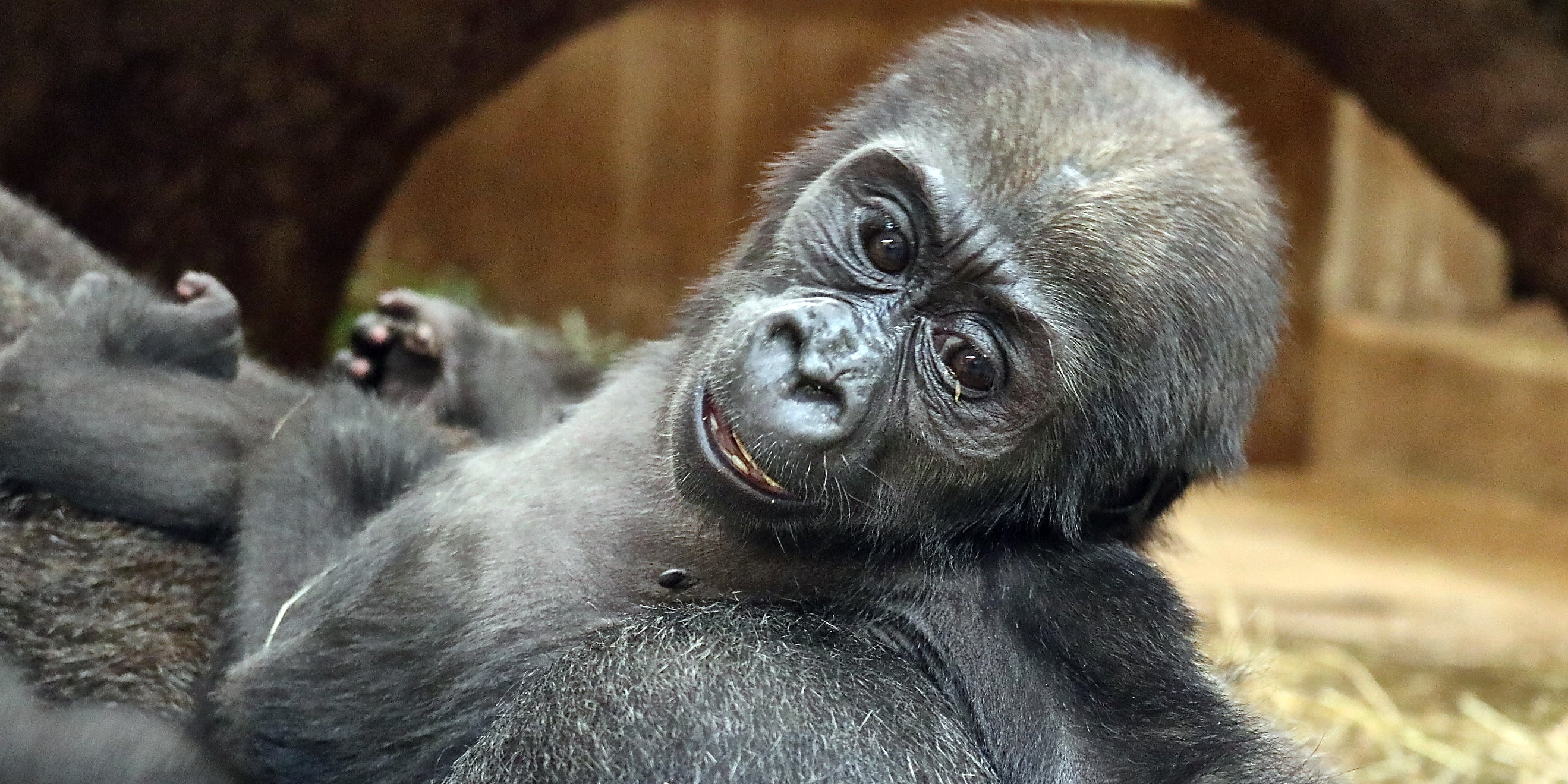
Moke can now jump off of Calaya’s back and climb on again with great aplomb. He is a bundle of energy and mesmerizing to watch. One tip I have for visitors is to plan on staying a while to view Moke and his troop, especially now that he is at an age where he is becoming more adventurous by the day.
This week, I was amazed to see Moke run toward Kibibi at full tilt for a distance of about 9 feet without wobbling or falling. Moke will display quite frequently toward Kibibi now by extending his arm and waving it up and down. At times his hand is empty, while at other times he brandishes a handful of hay. His behavior seems to be a combination of excitement and an invitation to play. He does not have to ask her twice! During their wrestling matches, Moke has been opening his mouth to show Kibibi his potentially fierce bite. The moves come off more adorable than intimidating, as his pink gums are still quite prevalent.
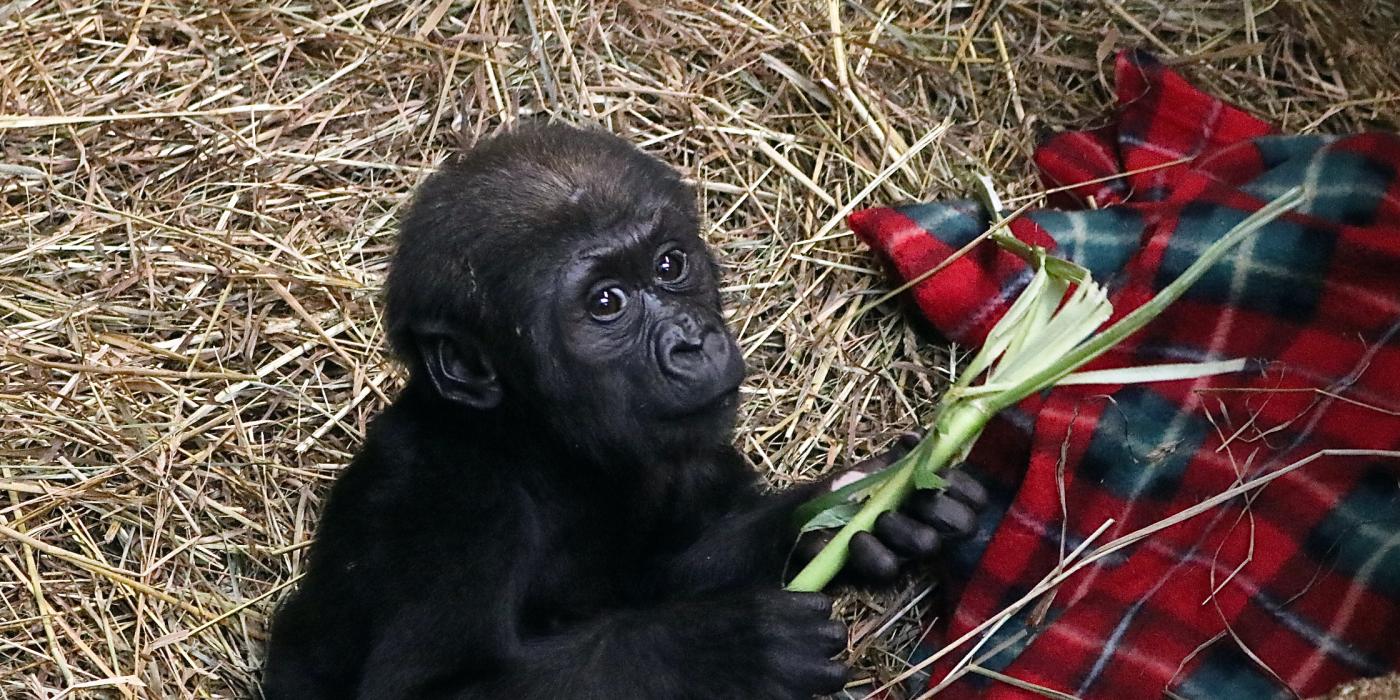
As I have mentioned in previous #GorillaStory updates, it is no secret that Calaya enjoys food. She has, on occasion, been known to try to take all of the puzzle feeder enrichment items for herself. One day this week, Calaya had a mound of food and was eating heartily. Imagine my shock when, all of the sudden, Moke lunged forward and grabbed a handful of food from her grasp. Calaya did not stop him, nor did she retrieve the food from him. Moke sat down and ate in front of her with an emboldened posture. Already, I see the makings of a dynamic and successful silverback!
During feeding time, one of my favorite gorillas to watch is 36-year-old Mandara, Kibibi’s mother. She is a delicate eater and takes her time relishing each tasty morsel. The video above shows her enjoying her morning primate chow biscuits.
In continuing the discussion about the threats gorillas face in the wild, one of the factors contributing to gorilla population decline is the bushmeat trade (in other words, illegal hunting for food). It may be difficult to comprehend, but there are cultures where this practice is widespread and considered a norm. This issue is a complex one, and education is a key factor in permeating minds and changing behavior.
There are many nongovernmental organizations (NGOs) that help people understand why living gorillas are a treasure. They also provide a means to positively impact socio-economic issues, teaching local communities how eco-tourism can generate income and support families. We can help their efforts by learning more about NGOs, spreading the word about the good work they do and pledging support.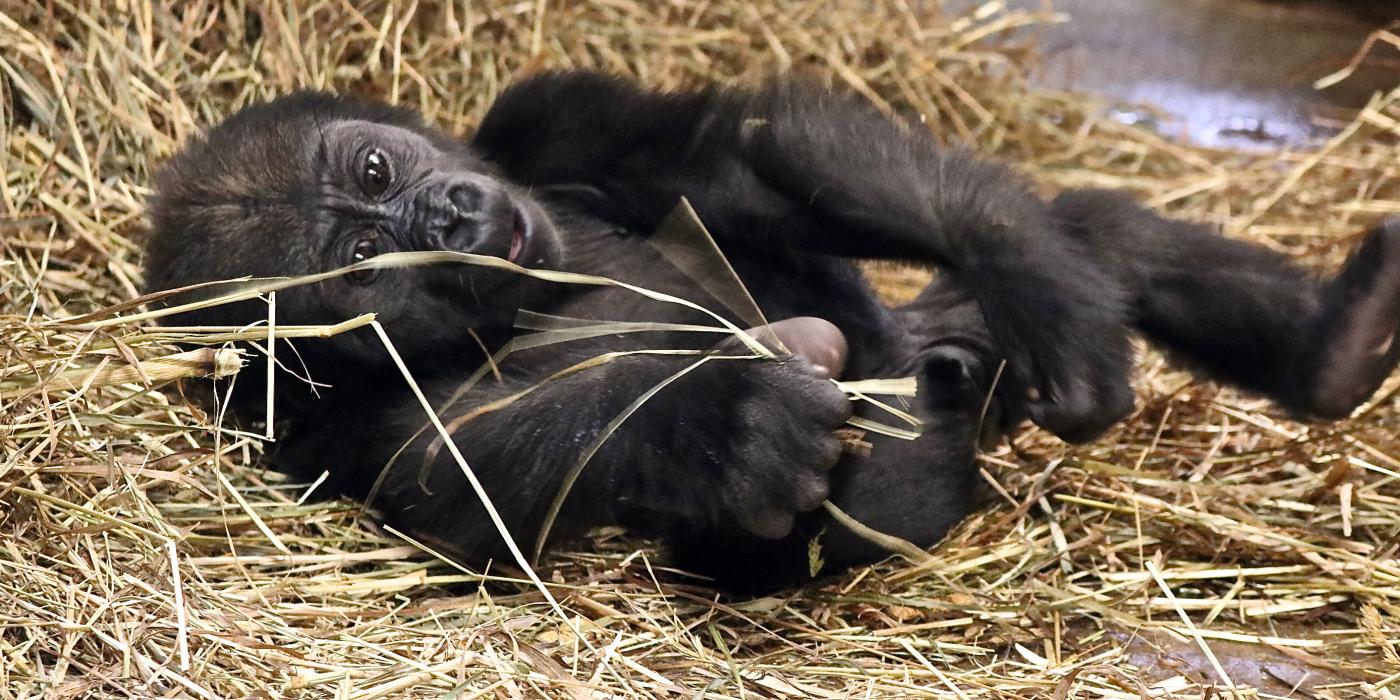
Following our last update, we received a comment about the size of the gorilla habitat. The Great Ape House was designed with multiple rooms, some on-exhibit and some off-exhibit. This offers our gorillas choice and control over where they spend their time. On occasion, they do elect to take some private time away from visitors. However, most of the time the gorillas are quite gregarious, coming right up to the glass and giving visitors a chance to marvel at them up close!
Planning to visit Moke? The Great Ape House is open from 9 a.m. to 4:30 p.m. Don’t miss the gorilla keeper chat at its new time: 1 p.m.! Check the Daily Programs page for the full schedule of animal encounters.
Related Species:


